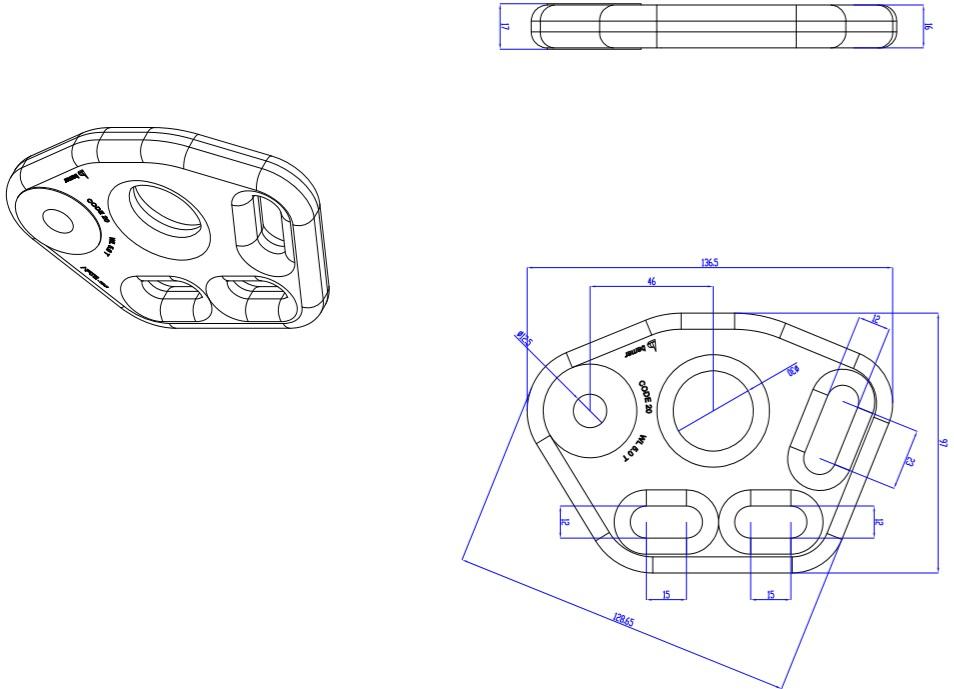Previously on the upffront.com blog, we looked at how to measure a new torsional cable for your boat, and emphasised the importance of an accurate measurement to ensure a correct cable specification for your new code zero or downwind asymmetric.
When top-down furling asymmetric gennakers, the sail is ‘fixed’ to the cable at the head only and, as a result, cable length is relatively independent of sail luff length – instead determined by the maximum available space between the tack and full hoist point.
However, for code zeros, the torsional cable is fixed to the sail at both the tack and the head - and therefore the cable must perfectly match the sail luff length.
This can be a challenge: luff load (and therefore luff length) can vary considerably depending on wind strength and sailing angle. In addition, with the cable lashed to the sail at both ends, increasing and decreasing cable load will directly impact the luff tension in the sail cloth.
If the sail is too tight on the cable, the sailcloth can be overstretched. In contrast, if the sail is too loose, the sail luff will not be tight enough at maximum cable tension.
To overcome this, traditionally the sailmaker would order the torsional cable slightly over-length, and then – during setup and initial sea-trails – adjust the head lashing to provide the correct sail luff tension at maximum cable load.
However, to simplify and de-risk the challenge of matching cable to sail luff, an increasingly popular choice with sailmakers is to turn the problem on its head, with many choosing instead to make the cable significantly shorter than the sail luff length!
But how does torsional cable work?
Instead of having the tack lashed tightly to the cable thimble and making the required adjustment at the head, the head is fixed tightly instead. This leaves the cable short of the tack (by approx. 2-3% of luff length) and a lashing is used between the bottom of the cable and a special tack plate on the sail.

Technical Drawing: Bamar Tack Plate
For this system to work, the introduction of the tack plate is essential: it allows space for both the lashing to the cable and attachment to the drum, plus integrates slots for webbing (at various angles) to fully integrate it into the tack patch.
Consequently, at the start of the furl, it is the tack plate and the tack patch – rather than the cable – which initialise the furl; once the cable is wrapped into the tack patch, the torque is transmitted up the luff of the sail, through the cable, to the head.
As the cable is 300-500mm shorter than the sail length, there is a much greater safety margin with regards to matching cable to sail luff. In addition, tuning and adjustment becomes much easier, as this is now done at the tack – rather than the head – and can be adapted whilst sailing.
Finally, it also allows the sail to be built to maximise full luff length, as opposed to slightly shorter due to the length of the lashing at the head.
If you have any questions about torsional cable, please feel free to email us at [email protected], or click the link below to see our full range:


Code Zero Torsional Cable: Tackle Luff Length Troubles